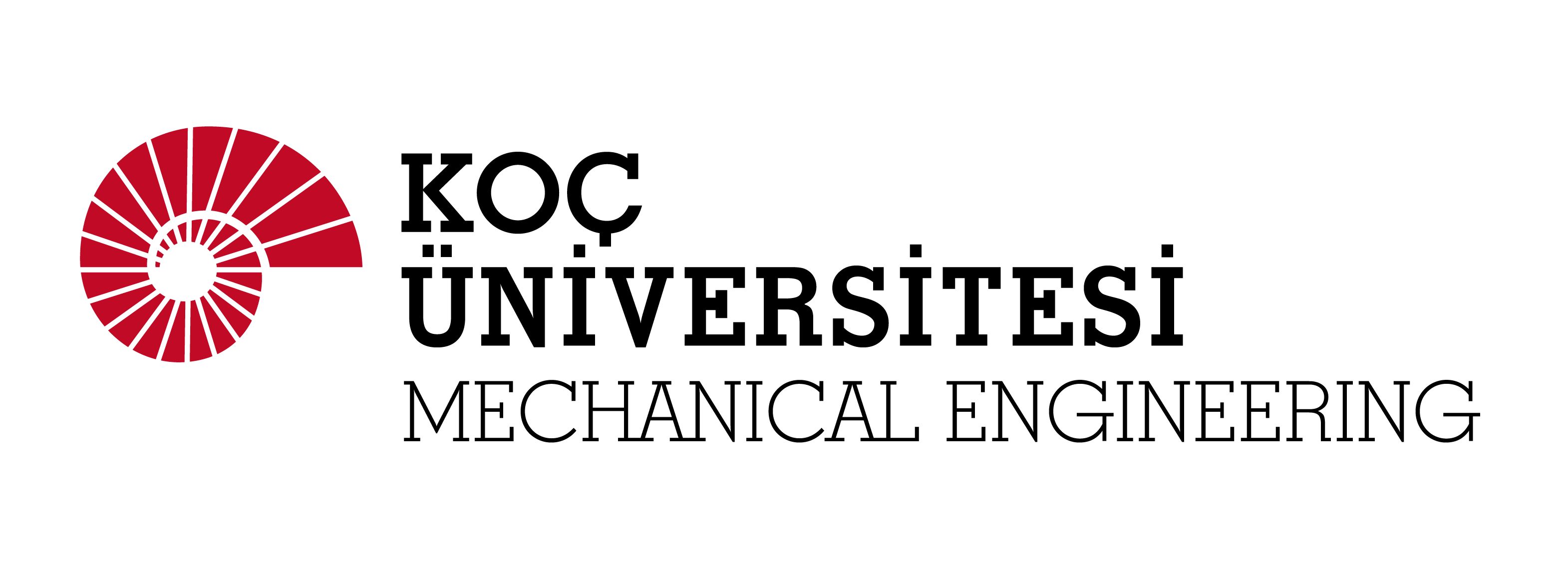MECHANICAL ENGINEERING MS THESIS DEFENSE BY ALIREZA MADANI
Title: Robot-Assisted Drilling on Curved Surfaces with Haptic Guidance under Adaptive Admittance Control
Speaker: Alireza Madani
Time: September 21, 2022, 17:00
Place: Online meeting via Zoom
Thesis Committee Members:
Prof. Dr. Cağatay Başdoğan (Advisor, Koç University)
Assist. Prof. Yusuf Aydın (Co-Advisor, MEF University)
Assist. Prof. Özgür S. Oğuz (Bilkent University)
Prof. Dr. Volkan Patoğlu (Sabancı University)
Abstract:
Drilling a hole on a curved surface with a desired angle is prone to failure when done manually, due to the difficulties in drill alignment and also inherent instabilities of the task, potentially causing injury and fatigue to the workers. On the other hand, it can be impractical to fully automate such a task in real manufacturing environments because the parts arriving at an assembly line can have various complex shapes where drill point locations are not easily accessible making automated path planning difficult. In this work, an adaptive admittance controller with 6 degrees of freedom is developed and deployed on a KUKA LBR iiwa 7 cobot such that the operator is able to manipulate a drill mounted on the robot with one hand comfortably and open holes on a curved surface with haptic guidance of the cobot and visual guidance provided through an AR interface. Real-time adaptation of the admittance damping provides more transparency when driving the robot in free space while ensuring stability during drilling. After the user brings the drill sufficiently close to the drill target and roughly aligns to the desired drilling angle, the haptic guidance module fine tunes the alignment first and then constraints the user movement to the drilling axis only, after which the operator simply pushes the drill into the workpiece with minimal effort. Two sets of experiments were conducted to investigate the potential benefits of the haptic guidance module quantitatively (Experiment I) and also the practical value of the proposed pHRI system for real manufacturing settings based on the subjective opinion of the participants (Experiment II). The results of Experiment I conducted with 3 naïve participants, show that haptic guidance improves task completion time by 26% while decreasing human effort by 16% and muscle activation levels by 27% compared to no haptic guidance condition. The results of Experiment II, conducted with 3 experienced industrial workers, show that the proposed system is perceived to be easy to use, safe, and helpful in carrying out the drilling task.
